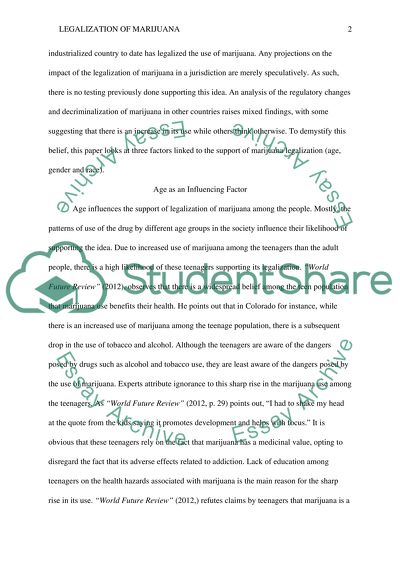Cite this document
(“Does age, gender, or race influence support of marijuana legalization Term Paper”, n.d.)
Does age, gender, or race influence support of marijuana legalization Term Paper. Retrieved from https://studentshare.org/sociology/1484714-does-age-gender-or-race-influence-support-of
Does age, gender, or race influence support of marijuana legalization Term Paper. Retrieved from https://studentshare.org/sociology/1484714-does-age-gender-or-race-influence-support-of
(Does Age, Gender, or Race Influence Support of Marijuana Legalization Term Paper)
Does Age, Gender, or Race Influence Support of Marijuana Legalization Term Paper. https://studentshare.org/sociology/1484714-does-age-gender-or-race-influence-support-of.
Does Age, Gender, or Race Influence Support of Marijuana Legalization Term Paper. https://studentshare.org/sociology/1484714-does-age-gender-or-race-influence-support-of.
“Does Age, Gender, or Race Influence Support of Marijuana Legalization Term Paper”, n.d. https://studentshare.org/sociology/1484714-does-age-gender-or-race-influence-support-of.


